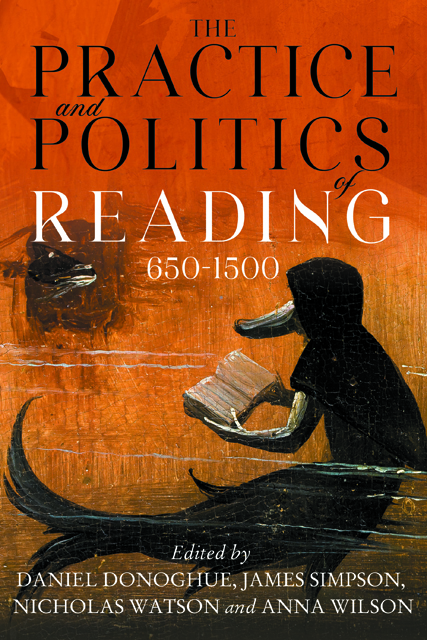2 - Reading for the Ornament: Repetition and Structure in the Old English Exodus
Published online by Cambridge University Press: 11 January 2023
Summary
As Doctor Johnson said of Richardson’s novels, Anglo-Saxon poetry must not be read for the story. Its allusive habit indicates that readers are supposed to know the story already. It must be read for the sentiment and for the ornament.
A deline courtney bartlett’s The Larger Rhetorical Patterns in Anglo-Saxon Poetry is a remarkable work of formalist criticism, whose insights have been so thoroughly absorbed into the mainstream of scholarship that their source has been somewhat forgotten. “Envelope patterns” and “incremental repetition” seem to have always been part of the discourse on Old English poetry; so in returning to Bartlett’s work it is rather startling to see such old war-horses singled out, and their qualities carefully described with multiple examples, as if they were new species – as, of course, they then were. Bartlett’s ambition (and achievement) extended well beyond the creation of terminology, however: her goal was to show that the rhetorical patterns she identified represented structures of thought. Products of the poets’ compositional process, these structures could in turn provide guidance for modern readers: hence her emphasis on the relation between envelope-patterns and editorial punctuation and paragraphing, and her final suggestion that the typography of T. S. Eliot’s The Waste Land might provide a better model for representing Old English verse in print. Her conclusion – part of which is quoted as my epigraph – is nothing less than that reading Old English verse primarily as narrative is, in fact, misreading.
My goal in this chapter is to take seriously Bartlett’s injunction to read for the ornament, and to show, through a study of one highly wrought Old English poem, how such a reading mode allows us to perceive ornament’s structurally essential role in the verse. But this paradox of structural ornament does more than expand our conception of what ornament can both be and do. With Bartlett’s envelope patterns as our lens, we can see, first, that the opposition between “story” and “ornament” is an illusion generated by a misunderstanding of repetition as equivalence and (in temporal terms) stasis. Figures of repetition in the Old English Exodus reveal that such devices often construct narrative advance, and that, consequently, narrative often is ornament – and vice versa.
- Type
- Chapter
- Information
- The Practice and Politics of Reading, 650-1500 , pp. 42 - 62Publisher: Boydell & BrewerPrint publication year: 2022

